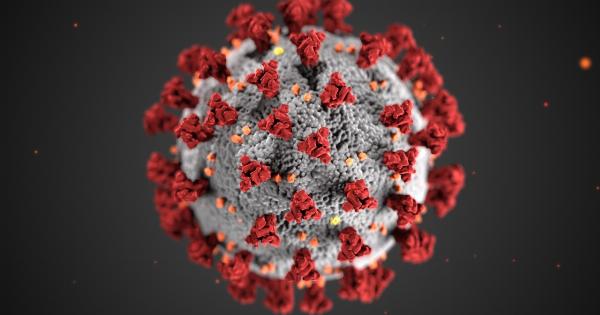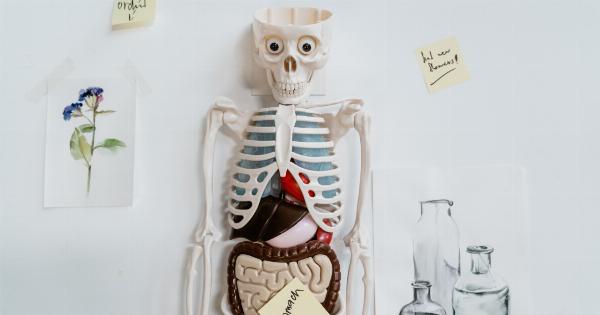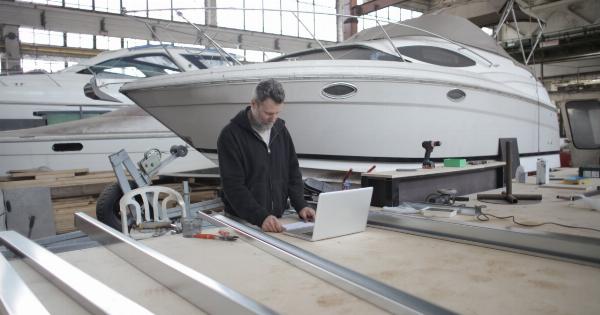Tissue engineering is an emerging field that combines biology, engineering, and medicine to create artificial tissues that can be used to replace damaged or diseased tissues in the body.
It offers a promising solution to many medical conditions that were previously considered untreatable.
What is tissue engineering?
Tissue engineering is the process of growing new tissues and organs in the laboratory by combining living cells with biomaterials. The biomaterials act as a scaffold to support and guide the growth of the cells.
Over time, the cells form new tissues that can be transplanted into the body to repair or replace damaged tissues.
There are three main components of tissue engineering:.
- Cells – living cells are used to create new tissues. These can be harvested from the patient or from a donor.
- Biomaterials – scaffolds are used to support the growth of the cells and to provide a framework for the new tissue.
- Growth factors – chemicals that stimulate the growth and differentiation of the cells into the desired tissue type.
How can tissue engineering be used to repair the heart?
The heart is a complex organ that is essential for life. When the heart is damaged, either through disease or injury, it can lead to heart failure. Heart failure is a serious condition that affects millions of people worldwide and is often fatal.
Tissue engineering offers a potential solution to repair damaged heart tissue. Researchers have developed techniques to grow new heart tissue in the laboratory using stem cells and biomaterials.
The new tissue can then be transplanted into the damaged heart, where it can integrate and help to restore the function of the heart.
How can tissue engineering be used to repair the vocal cords?
The vocal cords are a pair of elastic tissues located in the larynx that vibrate to produce sound. When the vocal cords are damaged, it can lead to hoarseness or loss of voice. In severe cases, it may even be difficult to breathe.
Tissue engineering offers a potential solution to repair damaged vocal cords. Researchers have developed techniques to create new vocal cord tissue using a patient’s own cells.
The new tissue can then be transplanted into the damaged vocal cords, where it can help to restore their function.
What are the benefits of tissue engineering?
Tissue engineering offers many potential benefits, including:.
- Reduced risk of rejection – because the new tissue is made from the patient’s own cells, there is a reduced risk of rejection by the immune system.
- No need for donors – tissue engineering eliminates the need for donor organs, which are often in short supply.
- Reduced risk of infection – because the new tissue is grown in the laboratory, there is a lower risk of infection compared to traditional surgery.
- Customized treatment – tissue engineering allows for customized treatment tailored to the patient’s specific needs.
What are the challenges of tissue engineering?
While tissue engineering offers many potential benefits, there are also several challenges that need to be addressed:.
- Cost – tissue engineering is still a relatively new field, and the cost of the technology is currently high.
- Complexity – tissue engineering is a complex process that involves many different components, including cells, biomaterials, and growth factors. Improving the technology requires a multidisciplinary approach.
- Regulation – tissue engineering is subject to stringent regulations to ensure patient safety. This makes it more challenging and time-consuming to bring new treatments to market.
Conclusion
Tissue engineering is a pioneering technology that offers a promising solution to many medical conditions that were previously considered untreatable.
By growing new tissues and organs in the laboratory, tissue engineering can repair or replace damaged tissues in the body. While there are still many challenges that need to be addressed, tissue engineering offers an exciting glimpse into the future of medicine.




























